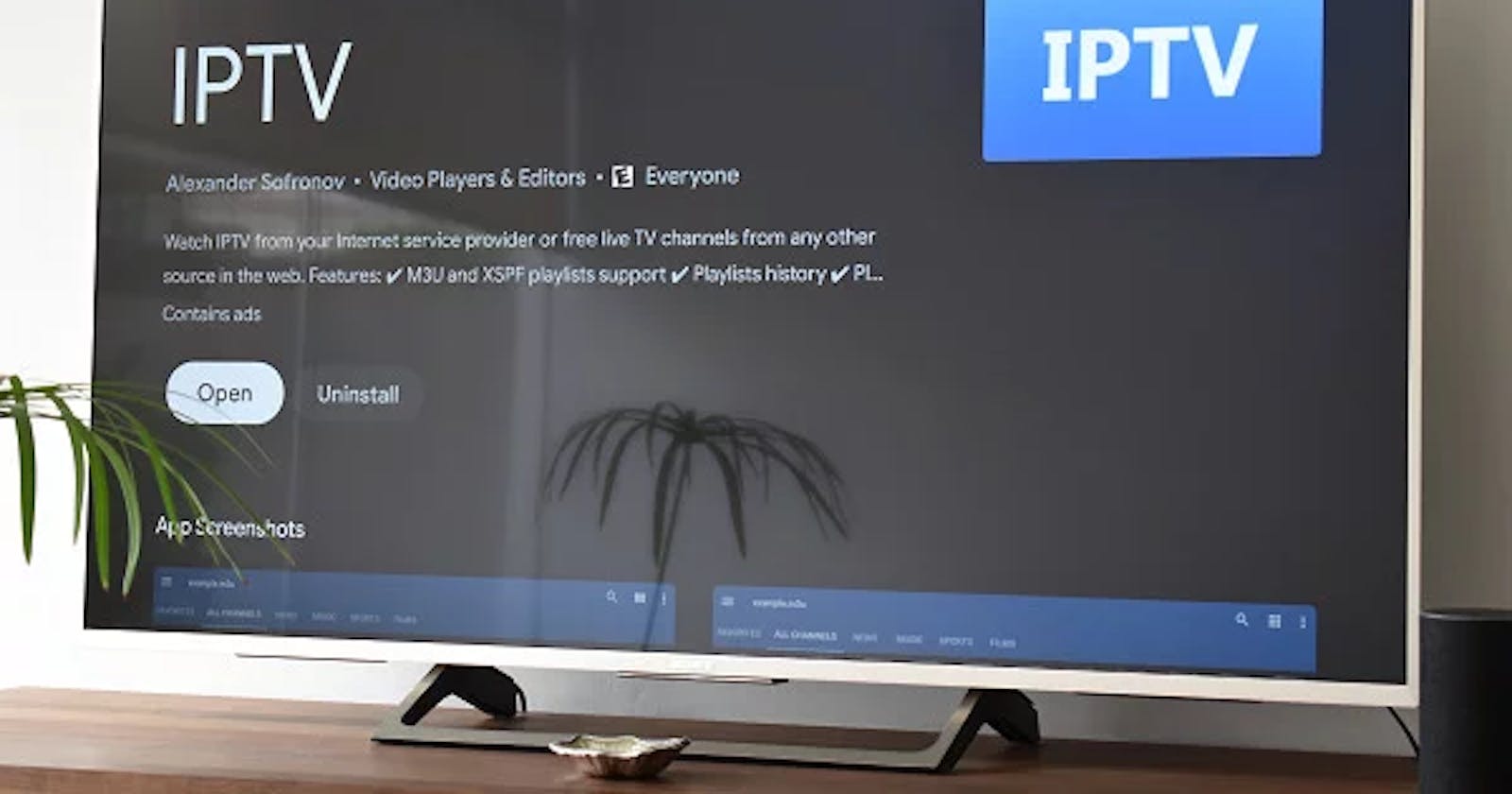In recent years, Internet Protocol Television (IPTV) has emerged as a popular alternative to traditional broadcasting methods, offering viewers greater flexibility and interactivity in accessing television content. Understanding how IPTV works is essential for grasping its impact on the media landscape and its potential for delivering a personalized viewing experience.
What is IPTV?
IPTV refers to the delivery of television content over Internet Protocol (IP) networks, allowing users to stream live TV channels and on-demand content directly to their devices. Unlike traditional cable or satellite television, which relies on dedicated infrastructure for broadcasting, IPTV leverages the internet to transmit audiovisual data to viewers.
Key Components of IPTV:
1- Content Sources: IPTV content originates from various sources, including traditional broadcast channels, video-on-demand (VOD) libraries, and live streaming services. Content providers distribute their programming over IP networks, making it accessible to IPTV subscribers.
2- IPTV Service Providers: Meilleur IPTV service providers play a crucial role in delivering content to viewers. These providers acquire licensing rights for TV channels and negotiate agreements with content owners to offer subscription packages to consumers. They also manage the infrastructure required for streaming content over IP networks.
3- Middleware: Middleware serves as the bridge between the IPTV service provider's content delivery system and the viewer's device. It facilitates functions such as content navigation, user authentication, and interactive features like video-on-demand and electronic program guides (EPGs).
4- User Devices: Viewers access IPTV content through a variety of devices, including smart TVs, set-top boxes, computers, smartphones, and tablets. These devices connect to the internet and use specialized applications or IPTV platforms to stream live TV channels and on-demand content.
How IPTV Works:
1- Content Acquisition: IPTV service providers acquire television content from various sources, including broadcasters, content aggregators, and production studios. This content is encoded into digital formats compatible with IP networks.
2- Content Delivery: Once acquired, television content is transmitted over IP networks to IPTV subscribers. This involves encoding the content into IP packets and delivering them via internet protocols, such as HTTP or UDP/IP. Content delivery networks (CDNs) may be used to optimize the distribution of video streams and ensure reliable performance.
3- Middleware Integration: IPTV service providers integrate middleware solutions into their infrastructure to manage user interactions and content delivery. Middleware platforms enable functions such as user authentication, content navigation, and interactive features like VOD and EPGs.
4- User Authentication: Before accessing IPTV content, users typically authenticate themselves through a login process. This ensures that only authorized subscribers can access the service and prevents unauthorized access to premium content.
5- Content Playback: Once authenticated, users can browse through the available channels and content libraries using their preferred device. They can select channels to watch live TV or access on-demand content, which is streamed directly to their device in real-time.
Benefits of IPTV:
*Flexibility: IPTV allows viewers to access television content on a wide range of devices, anytime and anywhere with an internet connection.
*Interactivity: IPTV platforms offer interactive features such as video-on-demand, electronic program guides, and personalized recommendations.
*Content Variety: IPTV Premium subscribers have access to a diverse range of channels and content libraries, including live TV channels, movies, TV shows, and sports events.
Conclusion:
IPTV revolutionizes the way television content is delivered and consumed, offering viewers greater flexibility, interactivity, and access to a diverse range of content. By understanding how IPTV works and its key components, consumers can make informed decisions about adopting IPTV services to meet their entertainment needs in the digital age.
